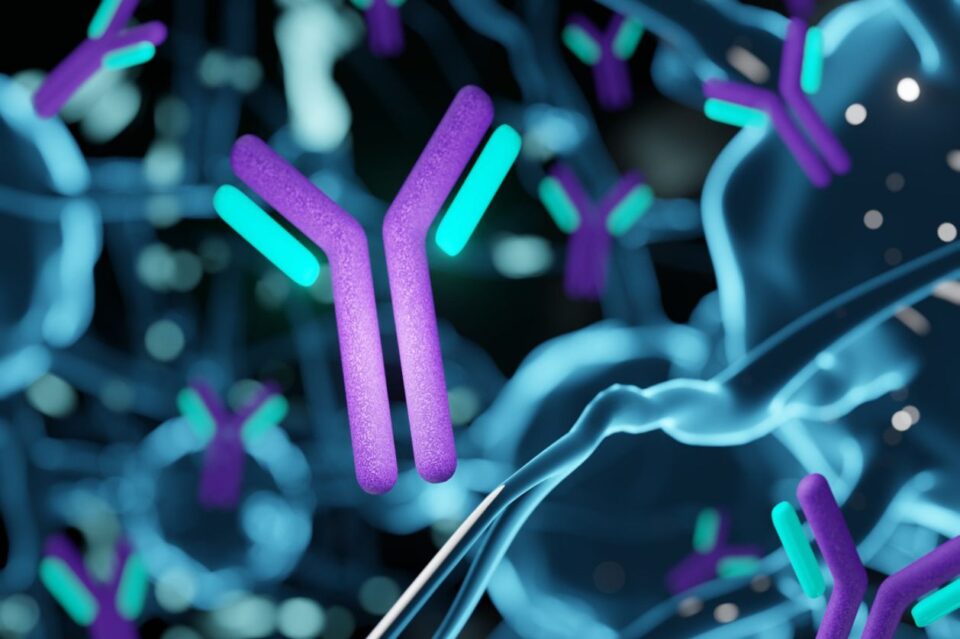Enablement Unchanged: Amgen v. Sanofi and the Future of Software Patents

In a unanimous ruling, the Supreme Court of the United States (SCOTUS) addressed the enablement requirement under Section 112 of the Patent Act, placing this into sharper focus with the Amgen v. Sanofi case. This landmark decision underlines an essential pillar of patent law, striking a delicate balance between acknowledging the creativity of inventors through granting exclusive rights and affirming that the public can derive significant benefits from the complete range of the innovation. In particular, the Amgen case brings to the forefront the issue of “functional claims” – or claims that specify a result rather than the exact means of achieving that result. Such functional claims, while being part of pharmaceutical patents, often form the basis of software and artificial intelligence (AI) patents.
The Amgen v. Sanofi case centers on a patent infringement dispute involving two patents claiming a genus of antibodies used in cholesterol medications: Amgen’s drug Repatha and Sanofi and Regeneron Pharmaceutical’s drug Praluent. The question presented to SCOTUS was whether enablement, as argued by the patent owner Amgen, is governed by the statutory requirement that the specification teach those skilled in the art to “make and use” the claimed invention, or whether, as argued by the accused infringer and petitioner, Sanofi, it must instead enable those skilled in the art “to reach the full scope of claimed embodiments” without undue experimentation—i.e., to cumulatively identify and make all or nearly all embodiments of the invention without substantial “time and effort.”
The case originated in the District Court for the District of Delaware, which after two juries found patents valid and infringed, granted Judgment as a Matter of Law (“JMOL”) for the lack of enablement of claims 19 and 29 of U.S. Patent 8,829,165 (the “’165 patent”) and claim 7 of U.S. Patent 8,859,741 (the “’741 patent”). The U.S. Court of Appeals for the Federal Circuit took on the appeal, and in February 2021, found that the claims were too broad. Specifically, the court found Amgen’s patent claims to be functional, meaning they describe the final result of something rather than the process to get there — which can make proving enablement difficult. The appellate court also agreed with the district court that this invention is in an unpredictable field of science with respect to satisfying the full scope of the functional limitations. Although the specification provides some guidance, including data regarding certain embodiments, they agreed with the district court that “[a]fter considering the disclosed roadmap in light of the unpredictability of the art, any reasonable factfinder would conclude that the patent does not provide significant guidance or direction to a person of ordinary skill in the art for the full scope of the claims.”
SCOTUS, in their opinion, made clear that the enablement requirement did not change. Justice Neil Gorsuch, who wrote the opinion for the court, heavily referenced Supreme Court precedents spanning from 1846 to 1928. He drew comparisons between Amgen’s antibody patents and historical patents and declared that Amgen’s patents were unable to reach the standard established in these past cases. Instead, Justice Gorsuch stated that simply describing the functionality or the final result of an invention (i.e., a functional claim) is not sufficient; rather, the patent application must provide enough guidance that a skilled person could practically implement the claimed invention across all claimed embodiments. If the patent claims are broad, the disclosure in the patent application must support the full breadth of these claims or they could be deemed invalid for lack of enablement.
Although the Amgen case deals with the concept of enablement, functional claims fall under the enablement requirement for patent protection. Functional claims are a common feature in patent applications, particularly in the realms of software and AI patents. These claims define an invention by what it does or the result it achieves rather than the specific structure or process by which it accomplishes this result. They are often broad and encompass any means of achieving the stipulated functionality, making them potentially vulnerable under the enablement requirement.
In essence, the verdict in the Amgen v. Sanofi case is likely to influence the enablement requirement and how functional claim limitations are treated under patent law, prompting patent applicants to be more comprehensive and detailed in their applications. As such, legal practitioners and industry leaders, particularly those involved in software and AI patents, will be eagerly watching how this groundbreaking decision impacts future patent drafting and litigation.
If you have questions about legal developments related to AI or IP issues, please reach out to a member of LP’s Intellectual Property Group.